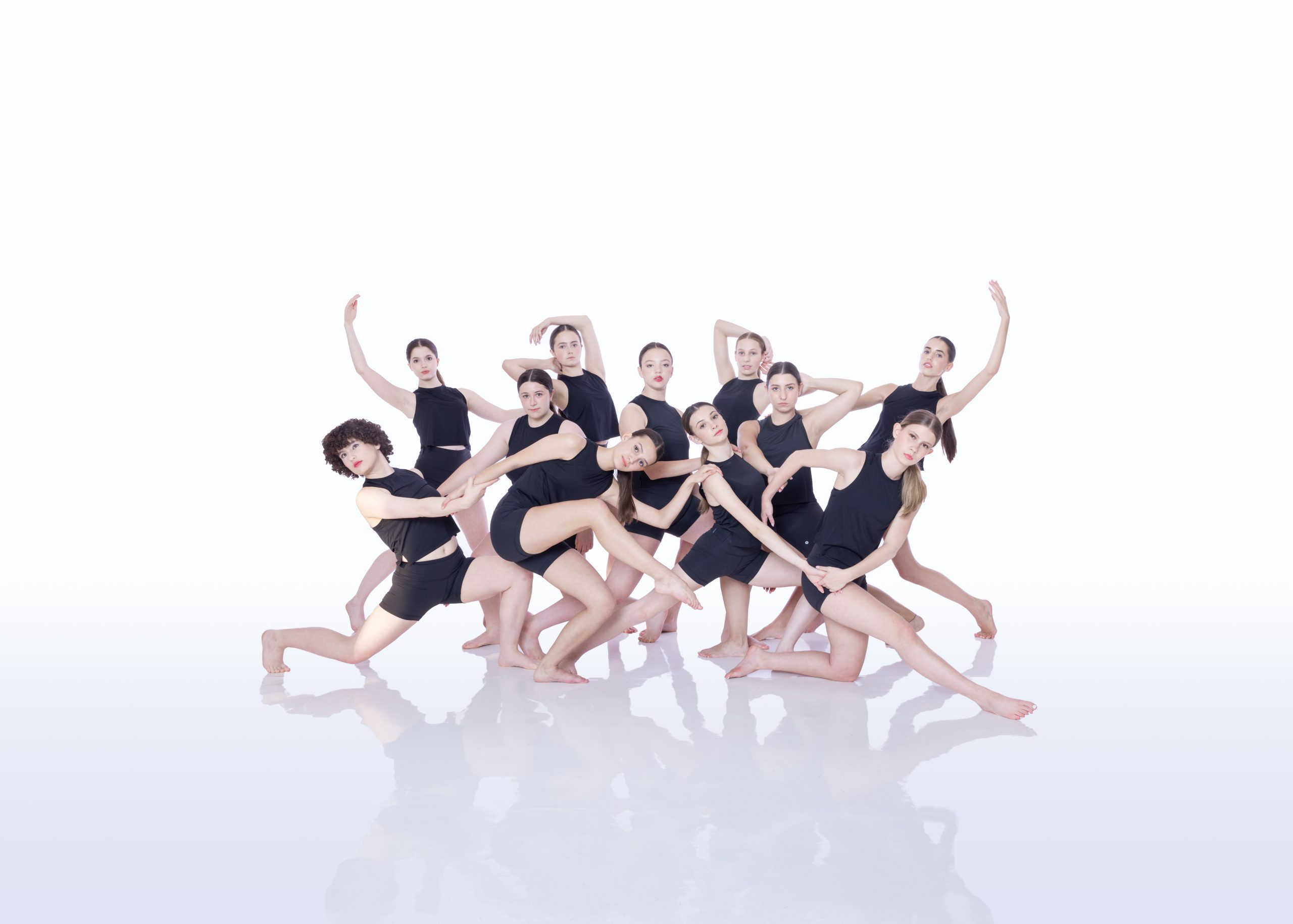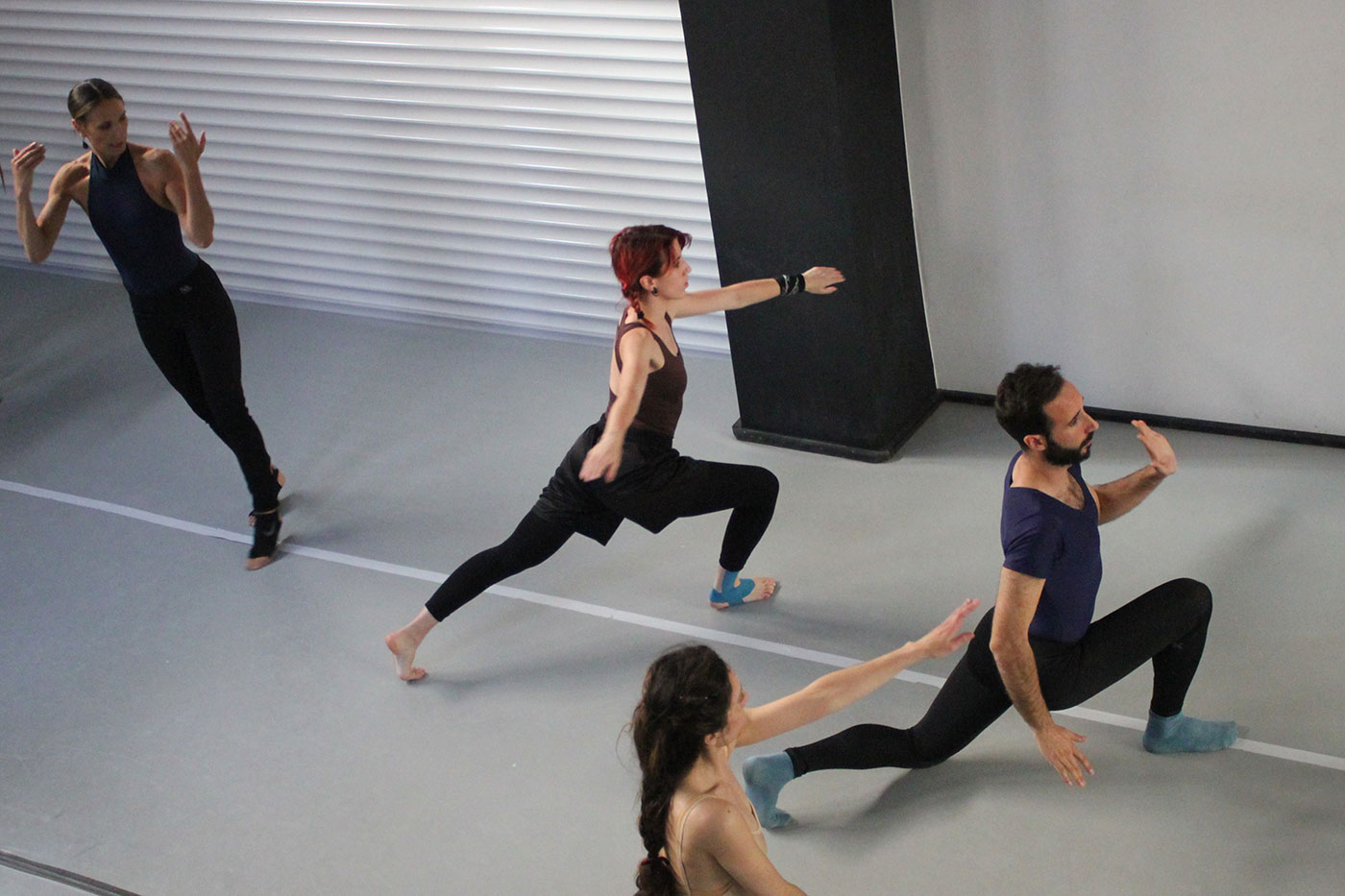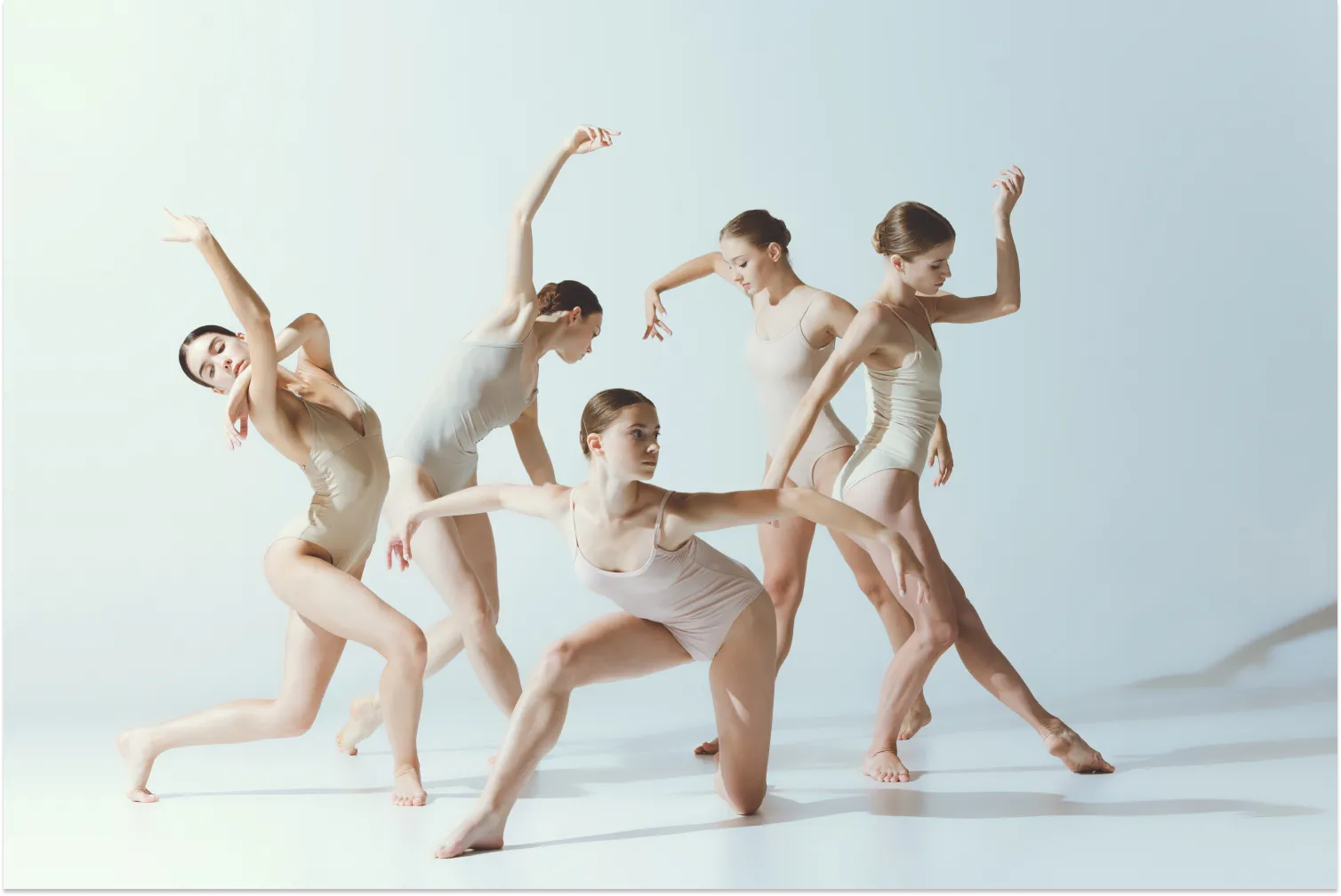The Language of Movement: How Contemporary Dance Tells Stories
One of the most remarkable aspects of contemporary dance is its storytelling power. A dancer’s gestures, postures, and expressions can convey profound emotions and experiences. Each movement is intentional, inviting the audience to interpret and feel the dancer’s journey. For instance:

- Body Language: Every body position—whether it’s an arch, a twist, or an extended reach—adds layers of meaning to the story being told.
- Silence and Stillness: In contemporary dance, silence and stillness are just as powerful as movement. Dancers often use pauses to create suspense or reflect intense moments, allowing the audience to connect with the emotion.
- Partner and Group Dynamics: Contemporary dance can include powerful duets or ensemble pieces where dancers interact, support, and lift each other. This collaborative element symbolizes human connection, unity, and shared experience.
4. The Role of Music and Silence in Contemporary Dance
Contemporary dance allows for a wide range of musical accompaniments, from classical pieces to modern, experimental tracks, or even silence. Music is more than a backdrop; it’s a partner in the performance. Dancers respond to the rhythm, tempo, and mood of the music, while silence can heighten focus on the dancer’s movements and emotions.
5. The Techniques Behind the Art

Although contemporary dance allows for freedom of movement, dancers often train rigorously in various techniques to master their craft. Some foundational techniques include:
- Graham Technique: This style, created by Martha Graham, emphasizes contraction and release, focusing on the core and allowing dancers to convey intense emotional states.
- Limon Technique: Founded by José Limón, this technique uses gravity and “fall-and-recovery” movements to create fluidity, enhancing the organic quality of the dance.
- Contact Improvisation: Dancers work together, responding to each other’s movements and weight, creating a sense of fluidity and connection.
6. Why Contemporary Dance Matters in Today’s World
Contemporary dance resonates in today’s world because it speaks to universal human experiences and emotions. In a world where words sometimes fall short, contemporary dance bridges gaps, fostering understanding and empathy. It encourages self-expression, offering a safe space for dancers and audiences to explore and confront complex feelings.
7. The Impact of Contemporary Dance on Dancers and Audiences
- Emotional Catharsis: For dancers, contemporary dance is a form of release. It allows them to work through emotions, bringing a sense of healing and self-discovery.
- Inspiration and Empathy: For audiences, witnessing a contemporary dance piece can be moving and transformative. Each piece invites viewers to reflect, interpret, and even relate their own experiences to the performance.
- Creativity and Growth: Contemporary dance fosters creativity, allowing dancers to grow as artists. Since it requires improvisation and interpretation, dancers continually push their boundaries.
8. The Ever-Evolving World of Contemporary Dance
Contemporary dance is always evolving. Choreographers and dancers are constantly experimenting with new ideas, techniques, and themes. Whether it’s exploring social issues, celebrating cultures, or expressing personal stories, contemporary dance adapts and redefines itself, staying relevant and inspiring new generations.
9. How to Experience Contemporary Dance for Yourself
Experiencing contemporary dance doesn’t have to be limited to the stage. Many dance studios offer beginner-friendly contemporary dance classes, where anyone can try this art form. It’s an excellent way to explore creativity, improve physical fitness, and develop a deeper connection with your emotions and body.



